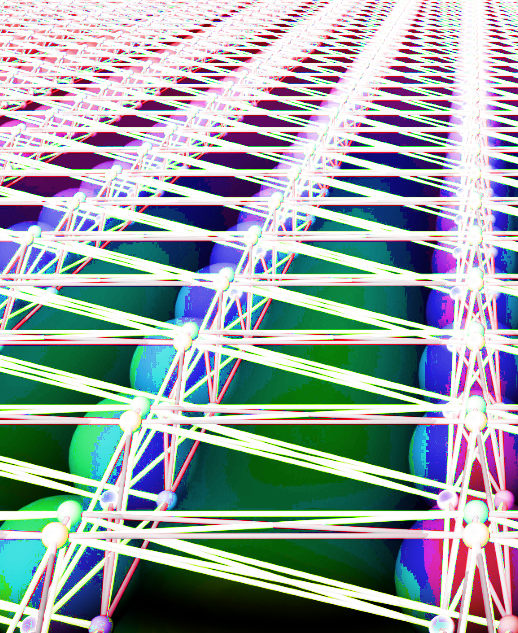Protons flow for energy tech
 Locals working with Japanese researchers have discovered new materials that can conduct protons, which could be key to next-generation hydrogen fuel cells.
Locals working with Japanese researchers have discovered new materials that can conduct protons, which could be key to next-generation hydrogen fuel cells.
Most people are familiar with materials that can conduct electrons, such as metal wires and batteries, but there are also materials that can conduct larger charged particles, such as protons.
A proton can be thought of as a hydrogen ion - a hydrogen atom that has lost its electron.
Not only have researchers discovered an entirely new class of materials, they also identified the underlying mechanism that transport protons within the compound.
The breakthroughs were made by Dr Taito Murakami and Prof Masatomo Yashima at the Tokyo Institute of Technology and Instrument Scientist Dr James Hester at the Australian Nuclear Science and Technology Organisation (ANSTO).
Only a limited number of stable materials have been found that can conduct protons and only at the laboratory scale.
The compound from a new class of materials is composed of the heavy elements, barium, erbium and zirconium, the light metal aluminium and the light element oxygen. It is classified as a hexagonal perovskite-related oxide, which refers to the geometry of the basic unit cell.
“Using neutron scattering … we were able to confirm the structure, which is comprised of stacked cubic and hexagonal perovskite layers. The atomic structure and the local environment give a material its properties. In this case, conduction can take place because there are areas deficient in oxygen that serve as pathways for the hydrogen ions,” says Dr Hester.
The team realised that intrinsic oxygen deficiencies in the new material give it an advantage over other proton conductors - eliminating instabilities, the need for doping to improve conductivity and difficulties in synthesising uniform samples.
Further experimentation also revealed that water molecules in the air could dissolve into the oxygen deficient layer of crystal, where the oxygen from the water is separated from hydrogen to produce mobile hydrogen ions.







 Print
Print